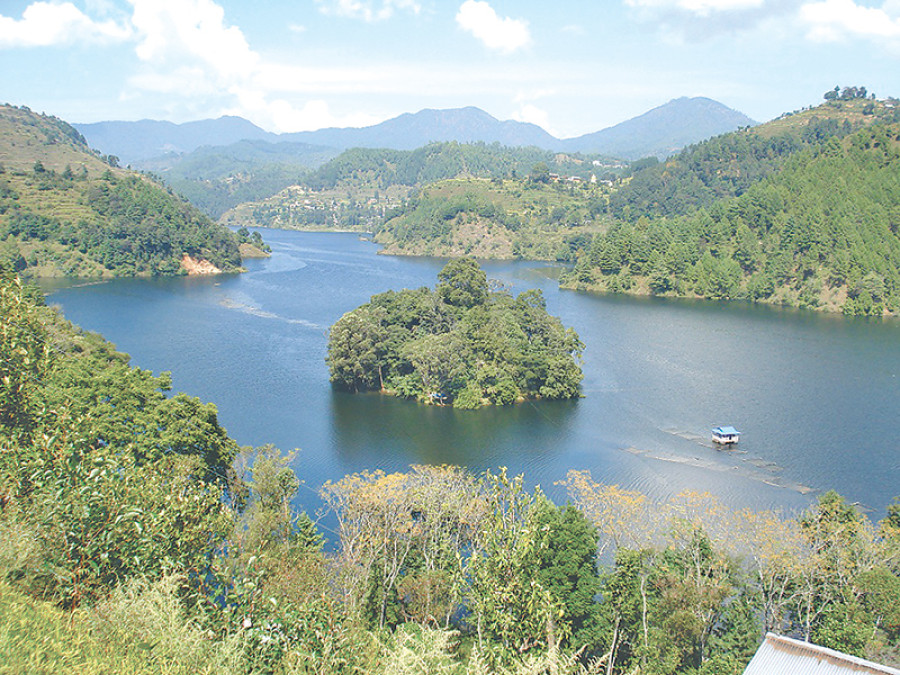Money
‘Entire country is now free of loadshedding’
The Nepal Electricity Authority (NEA) has officially announced elimination of load-shedding for the industrial sector from Monday, a year after relieving residential customers who had suffered never-ending power cuts for decades. This makes the whole country free from load-shedding.
The Nepal Electricity Authority (NEA) has officially announced elimination of load-shedding for the industrial sector from Monday, a year after relieving residential customers who had suffered never-ending power cuts for decades. This makes the whole country free from load-shedding.
The state-owned power utility said that they have removed power cuts in the industrial sector. Currently, the industrial sector has been facing blackouts lasting 3-4 hours daily. During an inspection at the NEA’s load dispatch centre last month, Energy Minister Barsha Man Pun had directed the authority concerned to remove power cuts in the industrial sector from mid-May.
“Now, the industrial sector is also free of power cuts,” said NEA Managing Director Kulman Ghising. “We have ended load-shedding in the industrial sector as the power generation from the run-of-the-river plants has increased due to the rise in water levels of key rivers and utilisation of the Kulekhani hydropower project reservoir,” Ghising said, adding that the deficit has been met by imports from India. “The entire country is free of load-shedding now.” The demand of electricity in the industrial sector hovers around 300MW. Initially, the industrial corridors in Birgunj and Biratnagar were getting uninterrupted power supply on a trial basis. Although the NEA had planned to eliminate power cuts in the industrial corridors by May-end, the programme was moved forward at Minister Pun’s orders.
The NEA has been supplying uninterrupted energy to residential customers for more than a year at the expense of factories where there is load-shedding lasting 3-4 hours during peak times. The power utility has been under constant pressure to remove power cuts in the industrial sector. Industrialists have been demanding uninterrupted power supply to operate their factories at full capacity.
Currently, the total electricity supply amounts to 1,000MW while demand during peak hours stands at 1,300MW. The NEA has been supplying electricity imported over the Raxaul-Parwanipur cross-border power line to the industrial corridor in Birgunj.
The NEA has increased energy imports over the cross-border power line by around 40MW. The power utility said that the domestic generation, which currently stands at 500MW, was expected to rise in the near future.
With a rise in temperature, the water level in the snow-fed rivers will go up allowing hydropower projects to generate more power.
Although the total installed capacity of the hydropower plants in the country stands at around 1,000MW, production goes down by more than 50 percent when water levels in the rivers fall during the dry season.




 12.12°C Kathmandu
12.12°C Kathmandu












%20(1).jpg&w=300&height=200)
